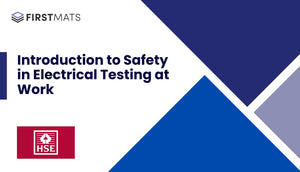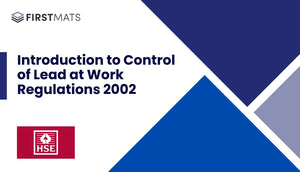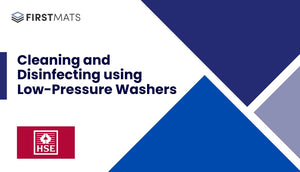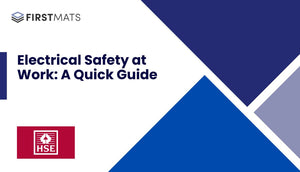Article Index:
Using Electric Batteries Safely At Work: A Quick Guide to HSE INDG139
Every year, at least 25 people are seriously injured when using batteries at work. This article is a quick guide to the Health and Safety Executive (HSE) document INDG139 on using electric storage batteries safely. The original document provides a basic introduction to working safely with batteries and minimising the risks involved.
Work Safely with Batteries: Do's and Don'ts
When working with or near batteries, and also when moving or handling them, remember to:
- Wear gloves and suitable eye protection, preferably goggles or a visor.
- Wear a plastic apron and suitable boots when handling battery chemicals such as sulphuric acid or potassium hydroxide.
- Empty your pockets of any metal objects that could fall onto the battery or bridge across its terminals.
- Keep sources of ignition – such as flames, sparks, electrical equipment, hot objects and mobile phones – well away from batteries that are being charged, have recently been charged, or are being moved.
- Use suitable single-ended tools with insulated handles.
And don’t:
- Work with batteries unless you have been properly trained.
- Smoke.
- Wear a watch, ring, chain, bracelet or any other metal item.
- Overcharge the battery – stop charging as soon as it is fully charged.
Types of Batteries
There are two main classes of battery: those that can be recharged and those that cannot. The two most important types of rechargeable battery are lead/acid and alkaline. Lead/acid batteries are the most common large-capacity rechargeable batteries. Alkaline rechargeable batteries, such as nickel-cadmium, nickel-metal hydride and lithium ion, are widely used in small items such as laptop computers.
Hazards of Using Batteries
Batteries can be dangerous and may explode if used incorrectly. Injuries from batteries include serious chemical burns to the face, eyes and hands, and wounds from flying pieces of metal and plastic. Serious electric shocks and burns are common in accidents involving high-voltage battery packs.
Battery Disposal
If you own a battery, it is your job to dispose of it properly and without causing unnecessary pollution when it is no longer useful. Many battery-suppliers and scrap metal dealers will do this for you. Transporting scrap batteries by road is subject to certain rules.
Conclusion
Working with batteries can be dangerous. However, by following the guidelines outlined in the HSE document INDG139, the risks can be significantly reduced. Always remember to handle batteries safely, use appropriate personal protective equipment, and dispose of batteries responsibly.







